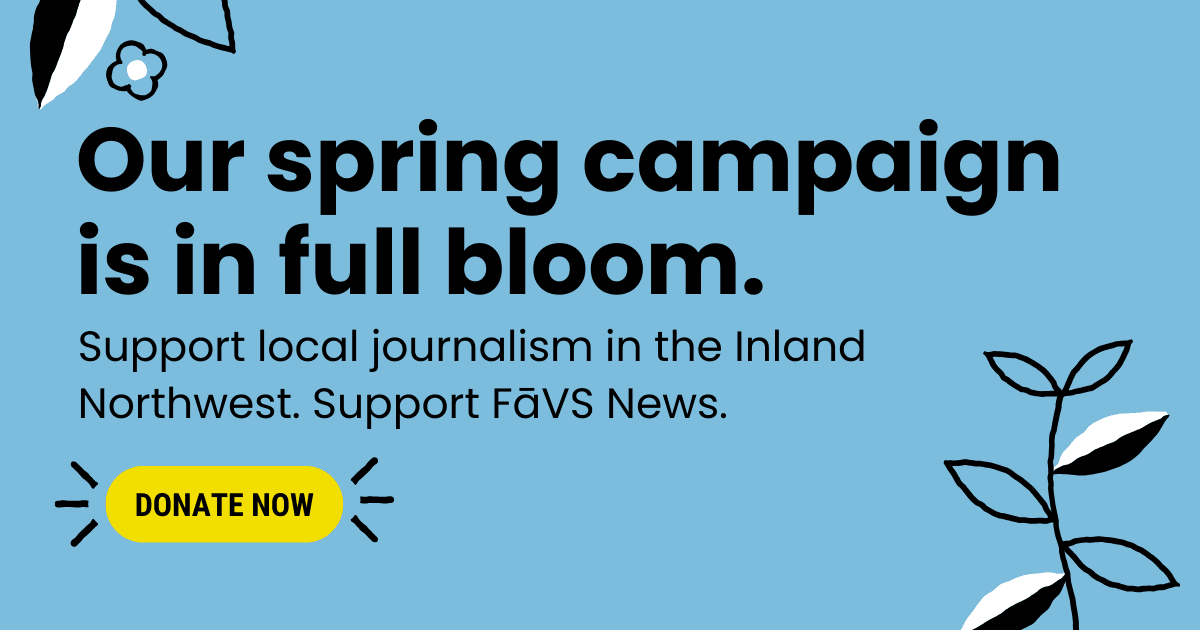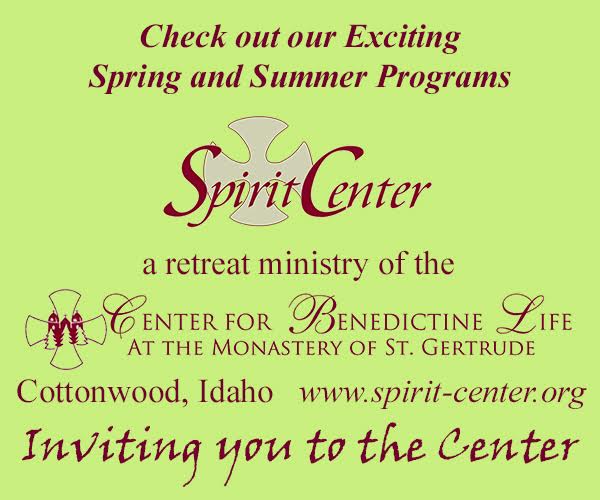Journalistic Coverage of Native America
Commentary by Becky Tallent
It has happened again: A well-meaning journalist has written a story about Native America and yet they did not interview a single member of the tribe.
Not one. Nada. In fact, in the past three or four stories I have seen about tribal issues in non-tribal media outlets, no one has interviewed a single member of the tribe in question.
Ethically, this is just wrong. Journalists are called on to tell as many sides to a story as possible, and, yet, when some reporters cover tribes, they do not think to speak with tribal members.
Some will say “The chief was not available.” Just as in a business, the CEO is not always the person who needs to speak. Maybe it is a clinic manager, an engineer or an individual who has a vested interest who the journalist should interview and include in the story. The point is: There is always someone who can and should be interviewed.
The Society of Professional Journalists Code of Ethics says journalists should give voice to the voiceless, so if they are doing a story about Native America they should be interviewing actual tribal members.
OK, the Indigenous people may not look like you, but they speak English and (as a general rule) they do not bite. Yes, they may be suspicious about being interviewed, but that is because of generations being lied to and misrepresented.
How does someone interview a member of a tribe? The same way they would anyone else. There are some cultural differences that should be noted, and, for that, the reporter and editor can turn to the Native American Journalists Association (NAJA) and their Tribal Nations Media Guide. NAJA also has an addition to the Associated Press Stylebook for further help.
A major thing to remember is that no two tribal nations are the same, and to report on Native America means the journalist needs to understand, among other things, each respective culture, government, economy and people in order to accurately describe what is happening within that nation.
Far too many Americans have never been taught each tribe is a sovereign nation within the U.S., allowing each tribe’s government to develop laws for their people which may or may not be the same as federal or state laws. For example, only about a dozen of the country’s 577 federally recognized tribes have a law that mirrors the First Amendment. So, in many tribes, there is no freedom of religion, press and/or free speech.
A major misnomer is the idea of reservations. Only about half of the tribes have reservations, the rest have tribal or traditional lands.
While many people think of Natives when they think of Thanksgiving, that is more of an Anglo holiday. Many tribes have their own annual feast day or holiday, very few are in or near November, even though the federal government celebrates Native American Heritage Month in November.
Anyone who wants more information on how to cover or write about Native America can easily get information at the NAJA website. There, they can find resources such as the Tribal Nations Resources Guide, the Indigenous Media Guides for Canada, how to write about the Violence Against Women Act and the Indian Child welfare Act plus information about terminology for accurate phrasing and a guide to finding an Indigenous expert.
As a NAJA member and an active non-Tribal media journalist, I know these resources are invaluable. I also know not using them and failing to interview people of the tribe when writing about a specific nation offend many Native Americans and cannot be justified.







